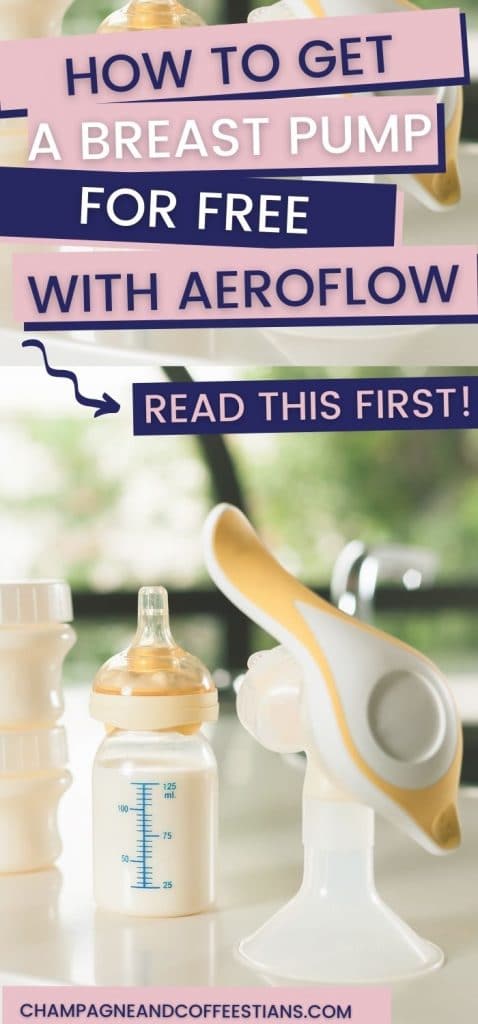

Swallows occurred in all possible classifications in each of the infants studied. Swallows were classified by the respiratory phases both preceding and following the swallow. Overall, equal numbers of swallows were preceded by expiration and inspiration, but twice as many were followed by expiration compared with inspiration. Swallows could occur in all phases of breathing. Mild transient desaturation was common, but was not accompanied by changes in heart rate. Both breathing rate and tidal volume were significantly reduced by the onset of suckle feeding, and the pattern of respiratory airflow became markedly irregular. Swallow intervals were regular (coefficient of variation = 18-38%) compared with breathing (coefficient of variation = 50%). The proportion of run swallows to total swallows increased significantly with age. Most swallows (overall mean 68%) were organized into runs, with intervals starting at 0.6-0.8 s and slowing to 1-1.3 s after 30-40 s. To establish baseline data, we recorded breathing and swallowing activity during bottle feeds in 23 infants at 14-48 h postnatal age. Little is known of the development of efficient coordination between suckle feeding and breathing in human infants.

The intention is that armed with an appropriate understanding of the underlying processes by which milk is transferred from mother to baby a midwife is best equipped to advise a mother regarding the correct technique for achieving trouble-free breast-feeding. The reflexes which the newborn possesses to aid feeding are described and suggestions offered as how best to utilise these reflexes in order to fix a baby successfully on the breast. Active in the process of milk transfer are the roles played by negative suction pressure by the infant, and positive ductal pressure due to action of the mother's milk ejection reflex, which interact in making milk available for removal. The process is described by which milk is expressed from the lactiferous sinuses within the nipple and breast, by compression of the nipple against the palate by rhythmical pulsations of the surface of the tongue. This paper aims to present a simple account of the mechanisms by which a baby removes milk from the breast, gleaned from past and current literature, to counter the tendency for inaccurate descriptions of the mechanics of infant sucking to be reproduced.

It also sets a foundation for improved study design for future investigations in human lactation. This approach has allowed the translation of the findings with respect to education, and clinical practice. Here we summarize the seminal findings of our research programme using a biological systems approach traversing breast anatomy, milk secretion, physiology of milk removal with respect to breastfeeding and expression, milk composition and infant intake, and infant gastric emptying, culminating in the exploration of relationships with infant growth, development of body composition, and health. This approach allows for the development of evidence-based interventions that are more likely to support breastfeeding and lactation in pursuit of global breastfeeding goals. Researchers have recently called for human lactation research to be conceptualized as a biological framework where maternal and infant factors impacting human milk, in terms of composition, volume and energy content are studied along with relationships to infant growth, development and health. This review can also serve to inform public and private payers with respect to individualizing breast pump type to mother-infant dyad characteristics.Journal of Perinatology advance online publication, 25 February 2016 doi:10.1038/jp.2016.14.
AIRFLOW BREAST PUMP PROFESSIONAL
This paper reviews the evidence to facilitate professional individualization of breast pump recommendations using three categories of literature: the infant as the gold standard to which the pump is compared the degree of maternal breast pump dependency (for example, the extent to which the breast pump replaces the infant for milk removal and mammary gland stimulation) and the stage of lactation for which the pump replaces the infant. Although these mothers seek guidance from health-care professionals with respect to the type and use of breast pumps, there are few evidence-based guidelines to guide this professional advice. The majority of new mothers in the United States use breast pumps in the first 4 months postbirth in order to achieve their personal human milk feeding goals.


 0 kommentar(er)
0 kommentar(er)
